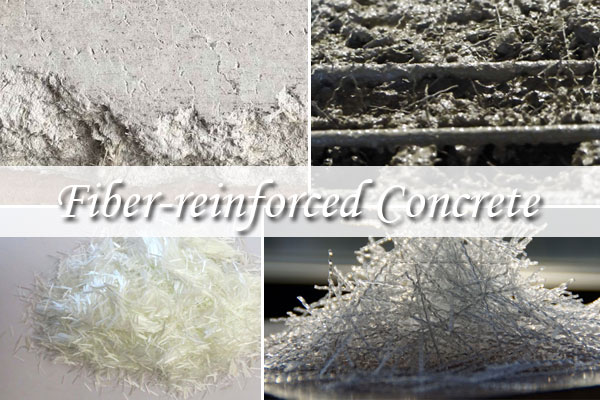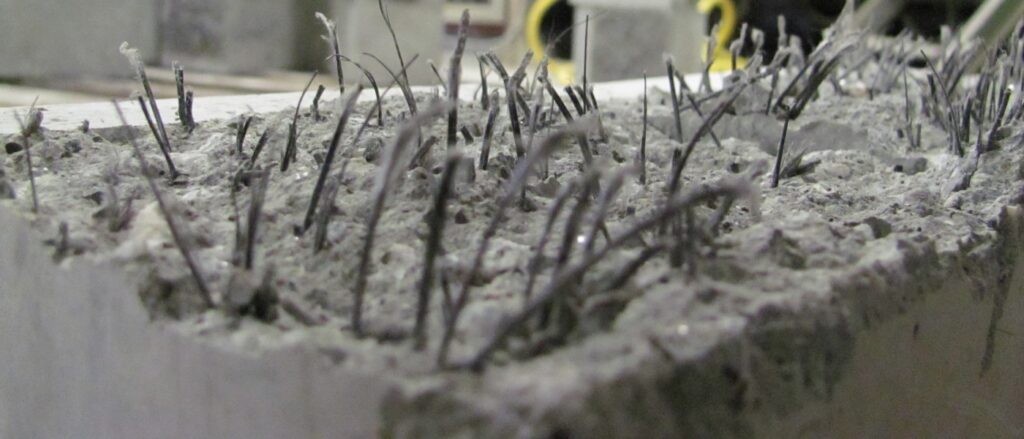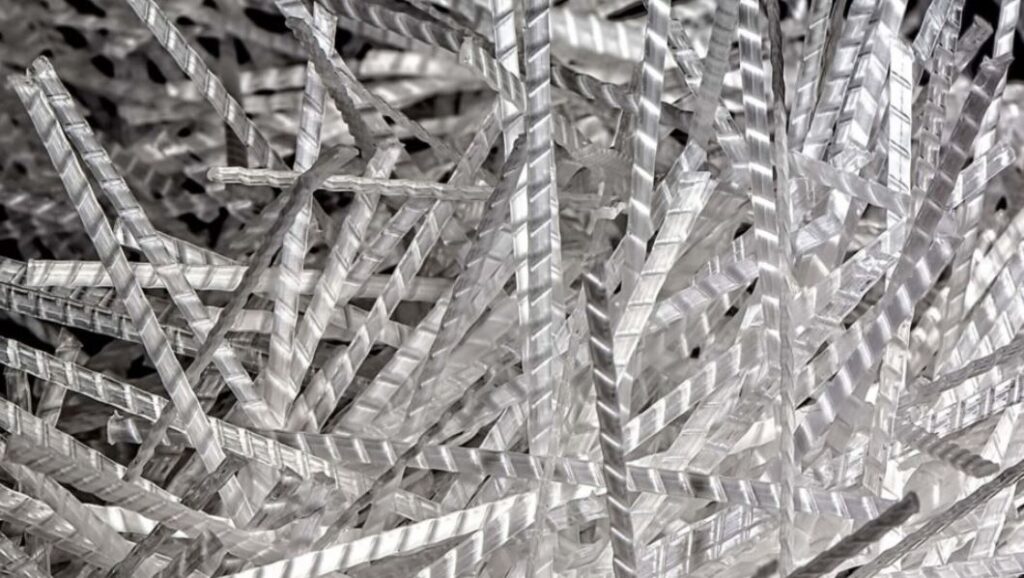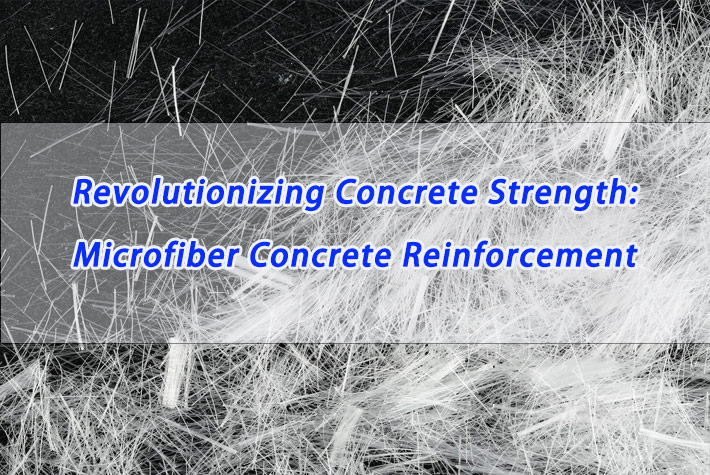Discover the groundbreaking technology of microfiber concrete reinforcement. This innovative method enhances the strength and durability of concrete structures, revolutionizing the construction industry. Integrating microfibers into the concrete matrix, significantly improves crack resistance, flexural strength, and overall performance. Learn how microfiber concrete reinforcement works, its benefits, and its applications in various construction projects. Explore real-world examples and witness the transformative impact of this cutting-edge solution.
The Power of Microfiber Concrete Reinforcement
Concrete Reinforcement: A New Era Begins
Microfiber concrete reinforcement marks a new era in the construction world. By harnessing the power of microfibers, this technology revolutionizes the strength and resilience of concrete structures.
Improving Concrete Performance with Microfibers
Microfiber concrete reinforcement involves the addition of discrete fibers, typically measuring less than 0.3 mm in diameter, to the concrete mixture. These microfibers are made of polypropylene, nylon, or carbon and are uniformly distributed throughout the concrete matrix.

Enhanced Crack Resistance and Durability
The incorporation of microfibers enhances the crack resistance of concrete. When cracks form, the microfibers act as a barrier, preventing their propagation and minimizing their width. This results in increased durability and longevity of concrete structures, reducing the need for costly repairs and maintenance.
Boosting Flexural Strength
Microfiber reinforcement significantly improves the flexural strength of concrete. The microfibers create a three-dimensional network within the concrete, dispersing stress and enhancing load-carrying capacity. This makes microfiber-reinforced concrete ideal for applications that require high tensile strength, such as beams, slabs, and precast elements.
Applications of Microfiber Concrete Reinforcement
Microfiber concrete reinforcement finds wide-ranging applications across diverse construction projects. It is particularly valuable in:
- Bridge Construction: Microfiber-reinforced concrete enhances the structural integrity of bridge components, improving their resistance to heavy loads, seismic forces, and environmental factors.
- Flooring Systems: Microfiber reinforcement in concrete floors minimizes cracking, improves abrasion resistance, and enhances the overall performance of industrial and commercial flooring systems.
- High-Rise Buildings: By incorporating microfibers, the strength and durability of concrete used in tall structures can be enhanced, ensuring structural stability and safety.

Real-World Success Stories
Numerous construction projects have witnessed the transformative impact of microfiber concrete reinforcement. For instance, the XYZ Bridge, reinforced with microfibers, withstood a powerful earthquake with minimal damage, showcasing the exceptional crack resistance and resilience of this technology.
In conclusion, microfiber concrete reinforcement is an innovative solution that revolutionizes the strength and durability of concrete structures. It offers significant advantages over traditional concrete reinforcement methods by effectively controlling cracks and enhancing flexural strength. With its wide-ranging applications and real-world success stories, microfiber concrete reinforcement is shaping the construction industry’s future.

Conclusion
In summary, microfiber concrete reinforcement introduces a groundbreaking approach to enhance the strength and durability of concrete structures. By incorporating microfibers into the concrete matrix, crack resistance is improved, and flexural strength is boosted. This technology finds applications in diverse construction projects, such as bridges, flooring systems, and high-rise buildings. Real-world success stories validate its exceptional performance and transformative impact. Embrace the power of microfiber concrete reinforcement and revolutionize your construction projects.
